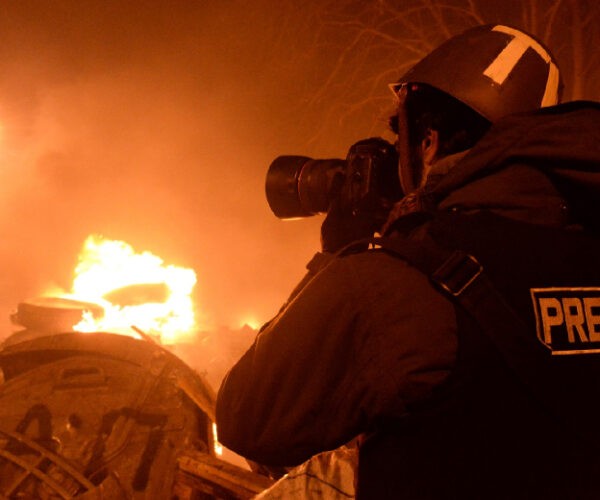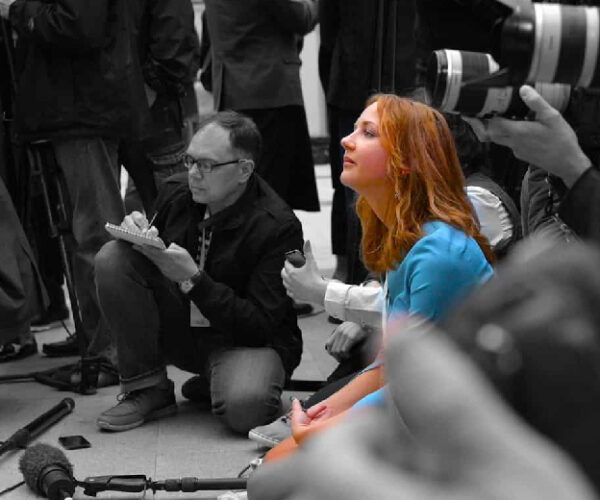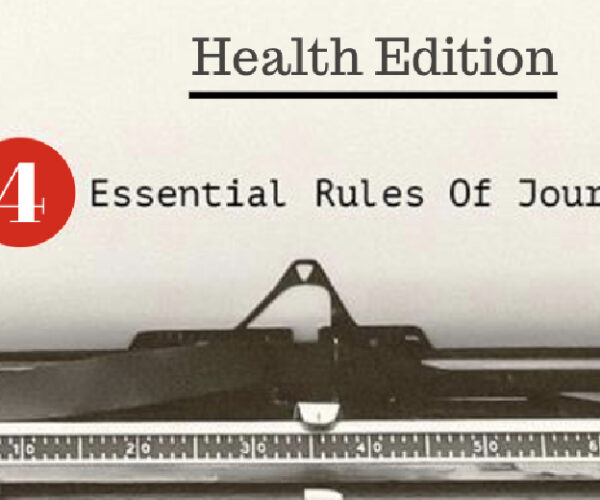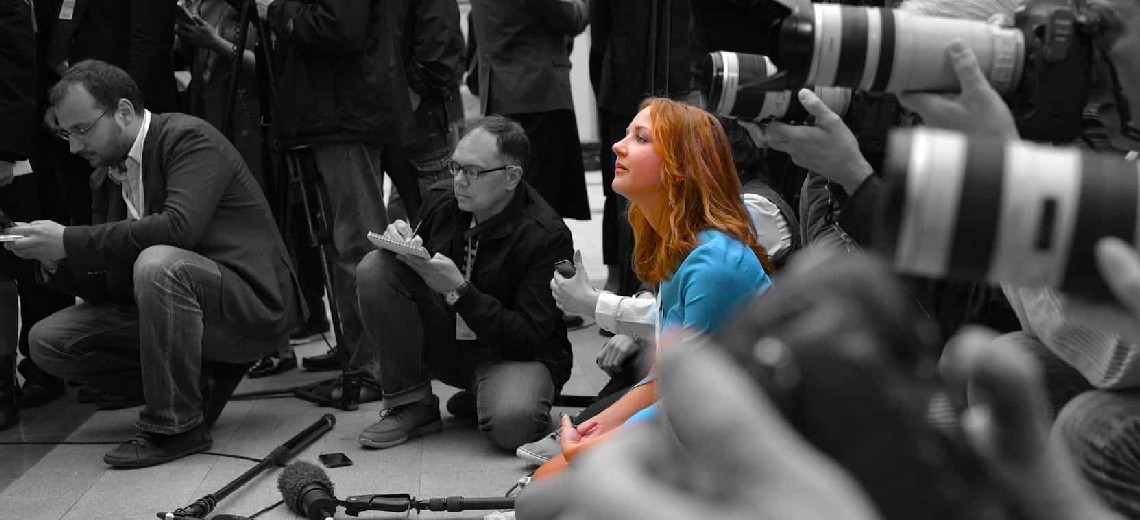Research shows that most women in the English media hail from middle and upper-middle class backgrounds, which translates to a shared socio-cultural background. However, this is not true for other languages where it’s much more diverse
Research has shown that there are some cultures whose press have an over representation of female journalists who come from lower income brackets or communities with less access to quality education.
The status of women journalists is explored by an award-winning journalist in a detailed research and analysis.
Divya, who’s been working as a woman journalist for the past two decades had to make sacrifices in life such as better pay or career growth at times when it was necessary but she never gave up on her dream.
She embarked on this study with her experience from being both reporter and editor giving insight into what has changed over the years while examining how society perceives female reporters–a subject not often discussed before.
A former BBC correspondent, Jane Garvey travelled the world and reported from some of its most dangerous regions. In her career spanning over forty years she’s covered topics as diverse as South Africa to Russia but it was in Namibia that she first discovered how difficult life can be for female journalists when a man tried to assault her with an iron bar while live reporting on TV.
Supported by data collected during hundreds of interviews conducted across five continents Garvey states that “feminisation” is happening in newsrooms- women now make up nearly half (48%) of all reporters but still are not achieving equitable representation among decision makers or senior management positions. Drawing upon research about inequalities experienced by both English language and non-English media outlets Garvey concludes with six
Consider the following: Women have been experiencing an increase in their status and empowerment for the past century. While there has been progress made with some issues such as education levels increasing at higher rates than before, many more global problems still exist to hinder female equality internationally.
There are regional differences that need attention when it comes to health care access or employment opportunities while also holding true across occupational sectors where we see gender imbalances based on vocation
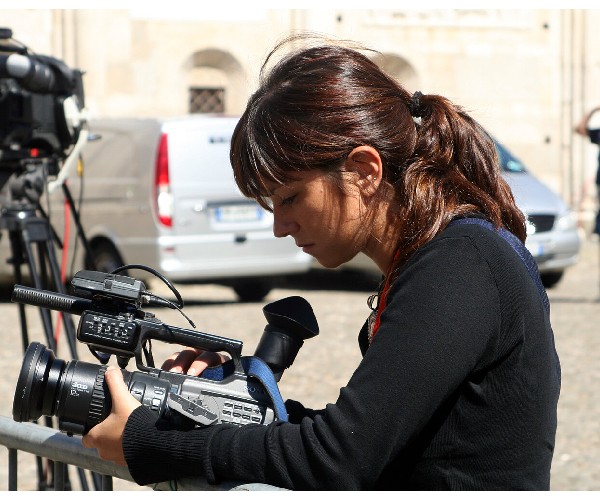
India’s journalism profession is a field where women have made significant progress over the last few decades. Women reporters cover wars and report from the edge of calamitous events, becoming faces of many news channels in India. They are even accepted into cricket reporting which has been long considered an exclusively male bastion throughout history. However given this trend, whether or not it can be said that these changes are complete enough remains to be seen as there still does seem to exist some gaps and imbalances despite all their success
Indian journalism for females has progressed by looking at various aspects such as wearing traditional clothing on camera; being able to work independently without requiring protection (although admittedly they may face more danger); mentorship programs helping them make connections
The author of the book examines how regional media is changing but they only touch on one side, that being the rise.
They quote surveys and study trends in detail without including any examples from journalists or their experiences with this new type of journalism.
The fact that there are not many people who have experienced it firsthand leaves a hole in understanding what these changes will mean for future generations

